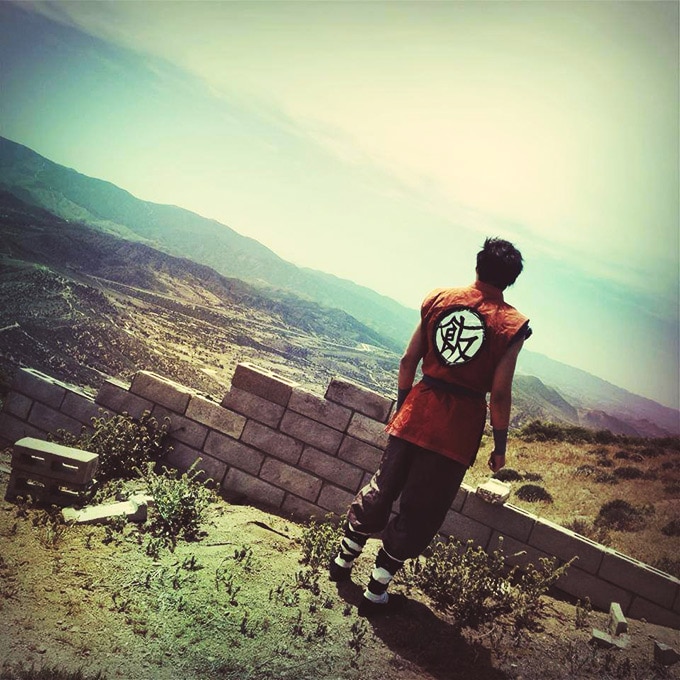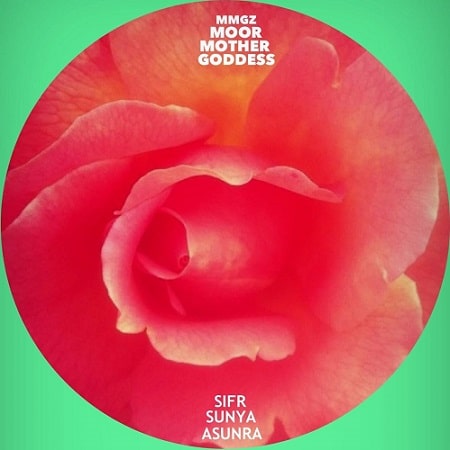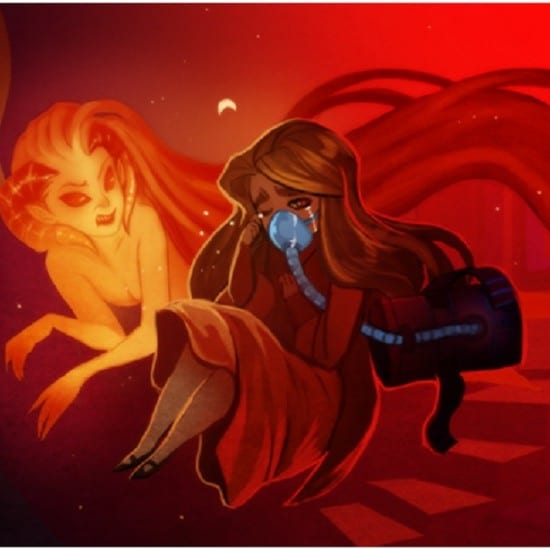Kanye West; Jay Electronica; David Banner; A$AP Mob; Tyler, the Creator and OFWGKTA; and Jay Z have experimented with and manipulated the concept of God and other unknowns in their lyrics, all to the backdrop of beats and melodies that are often considered dark and heavy, with an undercurrent that may very well be AfroFuturist at heart. Although this may not be the first time this theme has appeared in hip-hop, it seems to be gaining resonance with this generation.
Zoom and focus in on Camae Defstar, also known as Moor Mother Goddess (#MMGZ for short), a multidimensional musician based in Philly. DefStar sings, spits, writes and creates “dark ish… low fi, chill step, Black girl blues, witch rap, whatever you want to call it.” Having “emotionally sensitive receptors,” DefStar connects with energies, leans toward the unseen and pays homage to those who remain nameless. She shares the collective songs of women, children and elders.
Although DefStar isn’t into labels, she can see how she fits under the AfroFuturist umbrella. She figures that the baseline of AfroFuturism is “gathering the past and assembling a future. It should be D-I-Y [Do It Yourself], where the focus is not on having, but creating.” This is why DefStar’s production for Moor Mother Goddess is unplanned, sometimes spontaneous, and all done by (her) hand. She believes that she is able to tap into energies, and draw from the wisdom of Black elders as Moor Mother Goddess, allowing her to acknowledge and remember those of the past in order to imagine a future, all by way of melody. She believes elders are essential in defining Blackness, which is why ageism doesn’t sit well with her. It is no secret that emcees tend to age-out of mainstream hip-hop, usually seen as irrelevant to younger generations.
“Preta Velha,” one of Moor Mother Goddess’ 12 EPs, calls on these elders, and the names of other mystical people. Tracks spanning over a minute or so, DefStar relays experimental soundscapes, layered with freestyles. A few of these tracks, as well as over 100 others produced by her, can be heard on the #MMGZ Soundcloud and BandCamp. Her latest mixtape release, “Asunra Sunya Sifr,” offers another example of a signature sound that steadfastly fuses past and future to a present experience. Through metaphysics channels and travels, Moor Mother Goddess created a soundtrack where every note originates from Sun Ra and his Arkestra, with no added instruments. She uses different pieces from different Sun Ra albums, creating new equations from his work that can be executed again and again, timelessly.
Add to Moor Mother Goddess’ portfolio an avant-garde music video, featuring apocalyptic scenery on an abandoned, dilapidated space, where DefStar deftly engages with taboo imagery. Filmed and directed by D1L0 DeMiLLe and The L. Park Project, scenes include Moor Mother Goddess smearing blood along walls, physically rising from floorboards, and being suffocated by plastic bags. The narrative is a visual monologue, a stream of consciousness. Much of this imagery may make folks uncomfortable, and that’s kind of the point. “Blood represents womanhood, sacrifice. Blood is taboo,” says DefStar. The intention of the music video was to experiment with the aforementioned ideas, as well as suffering and death. However, throughout the narrative, Moor Mother Goddess willfully navigates this dangerous space, and she rises through it. These sentiments often silenced in larger society and culture, are relevant to the past, definitely the present, and possible the future. The video asks us to face these fears, and to think long and hard about what makes us uncomfortable.
When DefStar isn’t channeling sounds through Moor Mother Goddess, she is an educator, event curator, and poet. She also organizes Rockers!, an event that has been running in Philadelphia for nine years, showcasing POC and lgbtq artists from across the country and providing a home to her political punk rock band, The Mighty Paradocs. Her creative work also includes writing poetry about life in Philadelphia, and she has self-released several poetry zines, and two collaborative zines dealing with domestic violence and quantum metaphysics. She has created workshops for children and adults about creative writing as a way to learn about one’s community, history and future.
The bottom line is that Moor Mother Goddess is Pro-Black, Pro-Woman, and Pro-Man. In that, DefStar believes that there is a mythical past that must be conjured. And as it concerns a people, Black people, the mythical energies that all genders bring are important the evolution of culture and the human race. Black people, who she refers to as Moors, are “the mothers and fathers of mankind and we are an essential part of restoring the balance of energies on Earth.”

Photography by Nema Etebar.
Rasheedah Phillips is a Philadelphia public interest attorney, speculative fiction writer, the creator of The AfroFuturist Affair, and a founding member of Metropolarity.net. She recently independently published her first speculative fiction collection, “Recurrence Plot (and Other Time Travel Tales).”




